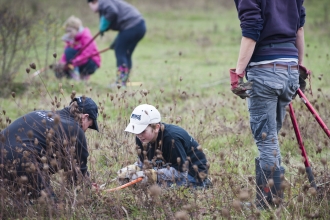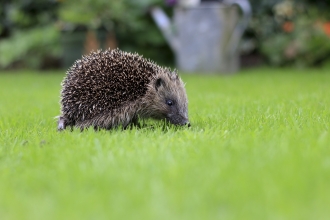Love is in the air
A pair of mute swans
© Sam Hockaday

Silver-washed fritillary © Josh Kubale
The courtship of silver-washed fritillary butterflies is quite an aerobatic manoeuvre: While the female flies in a straight line, the male loops around her, showering her with scent scales.
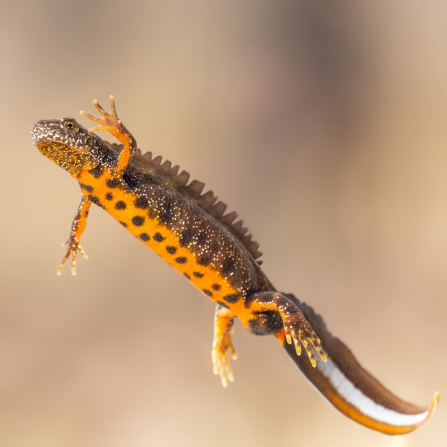
Great crested newt
Great-crested newts dress to impress: the male grows extravagant crests especially for the courtship dance, in which it displays its best moves, including rocking, leaning, tail-whipping and fanning, wafting pheromones toward the female.
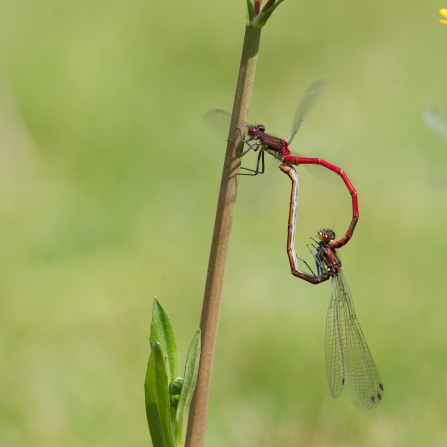
Large red damselflies © Tim Hill
Dragonflies and damselflies are closely related, but there are slight differences in their mating behaviour. Male dragonflies are territorials and fight other males to win over a female, while the male damselfly will 'dance' for the female, showing off his wings.
What both species have in common is that, in their union, they form the most romantic of all symbols: the heart.
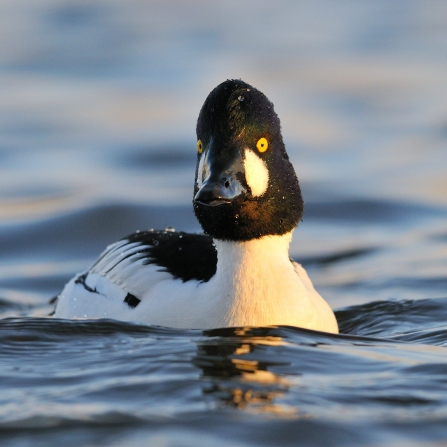
Goldeneye © Fergus Gill/2020VISION
Goldeneye ducks even go on some sort of honeymoon – they meet their mates in their winter quarters in Hertfordshire, where the drakes perform an impressive courtship display raising their necks and throwing their heads backwards, before returning to Scandinavia to breed.
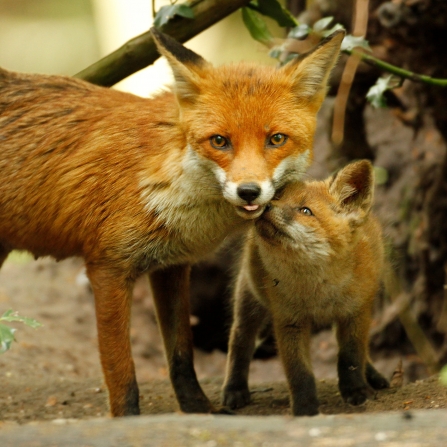
Fox with cub © Jon Hawkins - Surrey Hills Photography
The courtship of foxes is a rather loud affair: In the mating season, the female – also called vixen – will let out blood-curdling cries in search of a suitable partner. After mating, both are “locked” together tail to tail forming a so-called mating tie, which can last for up to one hour.
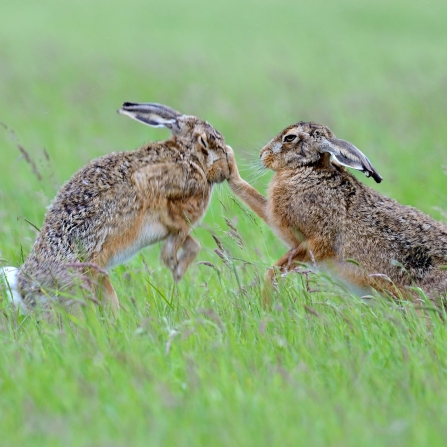
Two hares boxing (female on right)
© Andy Rouse/2020VISION
Hares, too, often like it a bit rougher. Contrary to popular belief, boxing hares are not competing for a female. Usually, the female hare starts the fight to either test her male suitor or tell him off for being too obtrusive.



